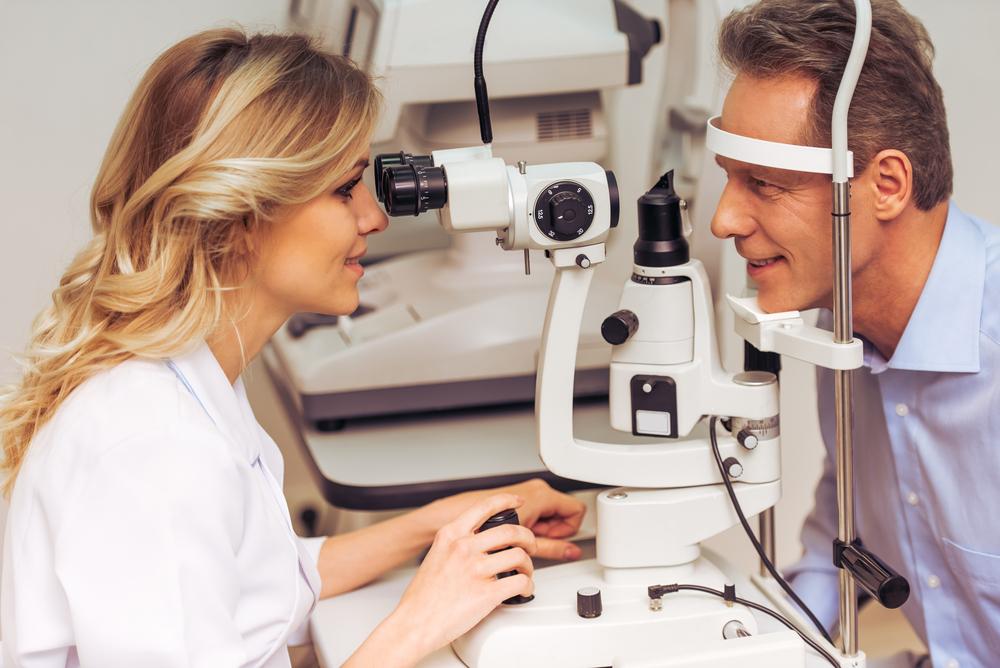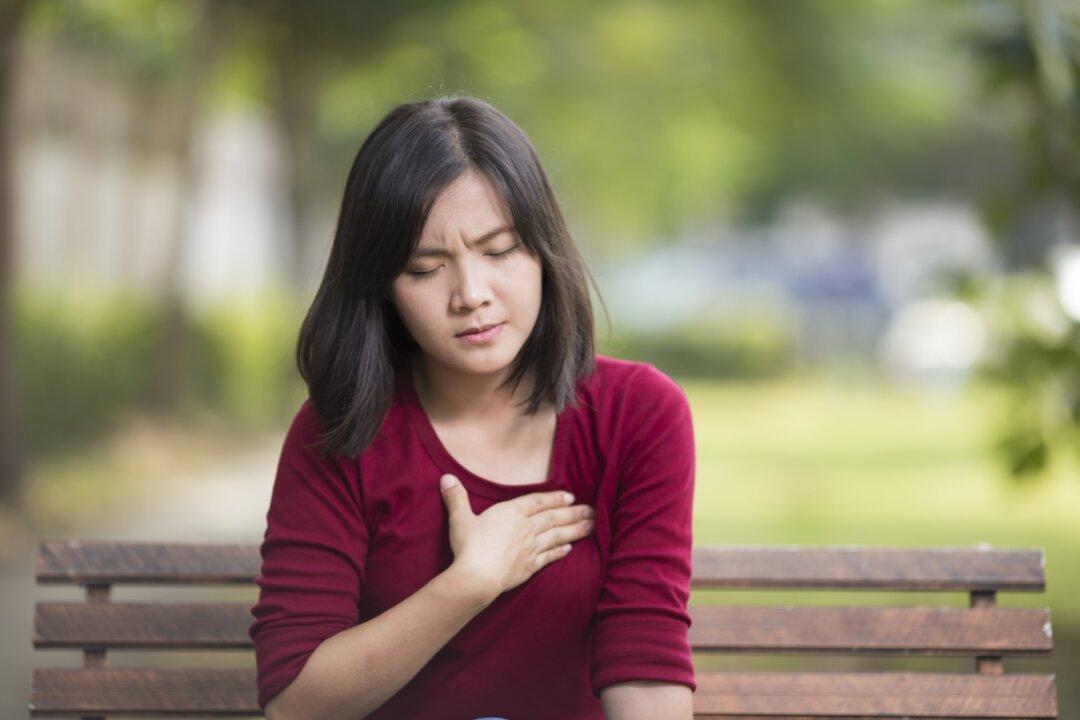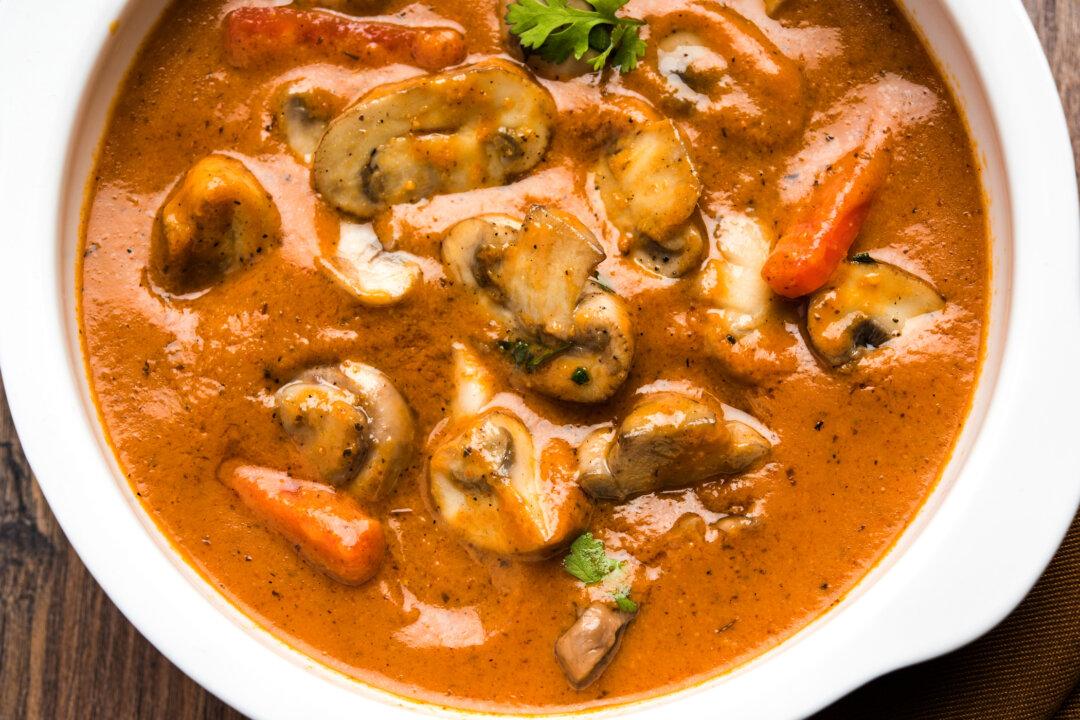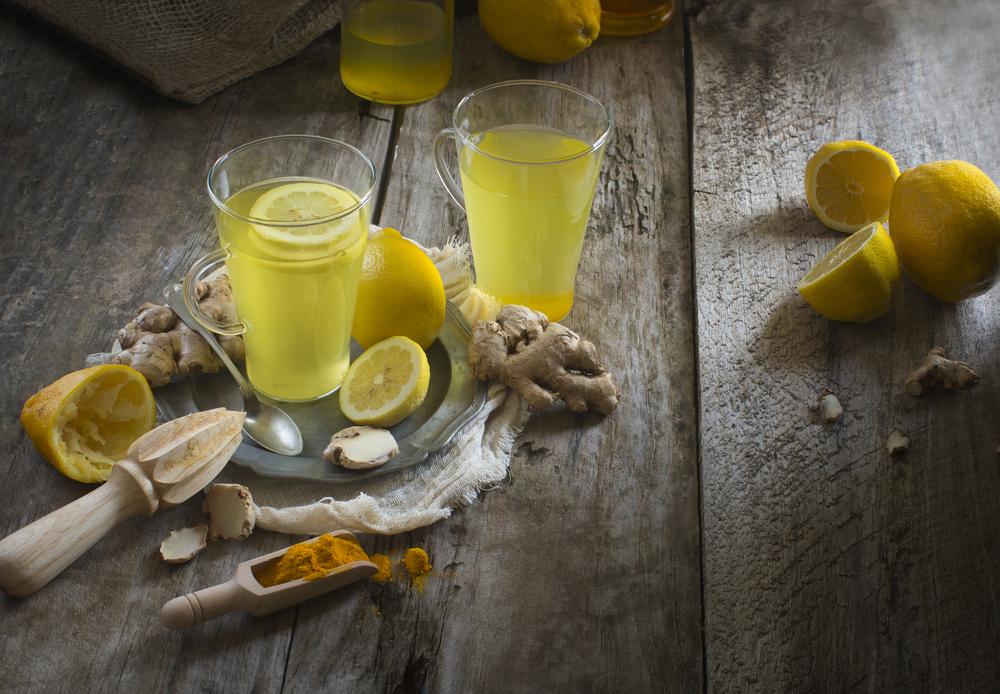Insulin, Glucagon and Eicosanoids
Food is really the most efficient hormone delivery system. Simply put, different types of food affect different types of hormones, which are chemical messengers. This is why most of my programs and diet plans evolve around a 40-30-30 breakdown, which translates into 40 percent of calories from wholesome and essential fats, 30 percent from slow acting carbohydrates and 30 percent from lean protein foods.Carbohydrates (think sweet potatoes, yams, peas and squash) stimulate the secretion of the hormone insulin, which is known to lower blood sugar levels and acts as a fat-storage hormone. Proteins (poultry, beef, chicken, fish, tempeh and beans) produce the hormone glucagon, which raises blood sugar levels and mobilizes fats from storage.






